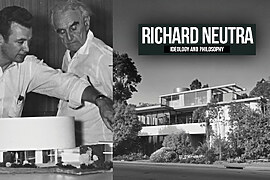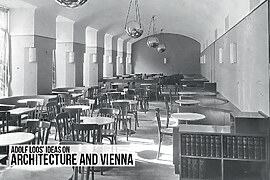Adolf Loos (December 1870-August 1933) was a prominent architect, designer, writer, and critic born in the present-day Czech Republic (formerly the Austro-Hungarian empire). Famous for his controversial essay titled “Ornament and Crime”, he argues that ornamentation in architecture is redundant, leads to a misuse of resources, and a sign of a primitive society, equivalent to a crime that needs to be done away with. Being a rationalist, he sincerely believed that the utmost heed needs to be given to reason in the design of buildings. His designs and writings have paved the way for the Modernist Movement in architecture that arose in the 20th century. Although remarkably famous, especially within the architectural community, his path to and within architecture has not been a straightforward one. Here are ten things you didn’t know about Adolf Loos and his architectural journey-
1. Loos suffered from poor health all his life | Adolf Loos
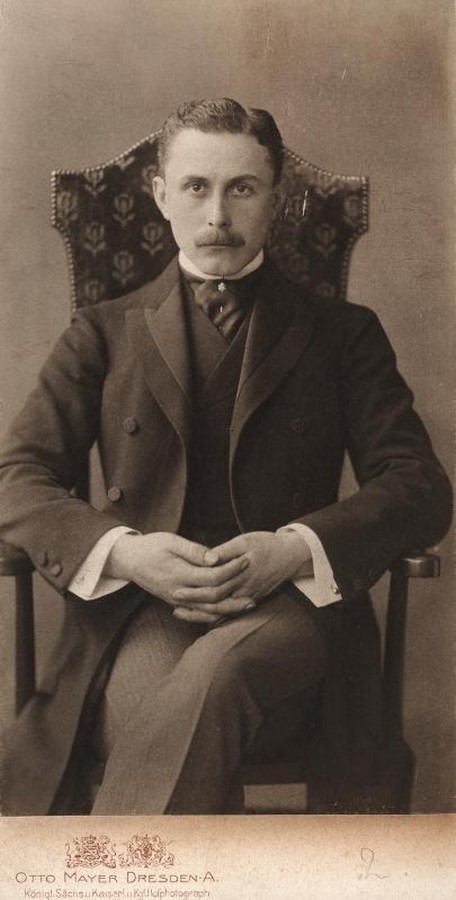
Loos inherited his father’s hearing impairment that was a significant impediment for him throughout his life. Having been diagnosed with cancer at 48, his stomach, appendix, and a part of his intestine were removed. He showcased signs of early dementia and also had a stroke a few months before his death at 62 years old.
2. His stint in America had a significant impact on his architectural outlook
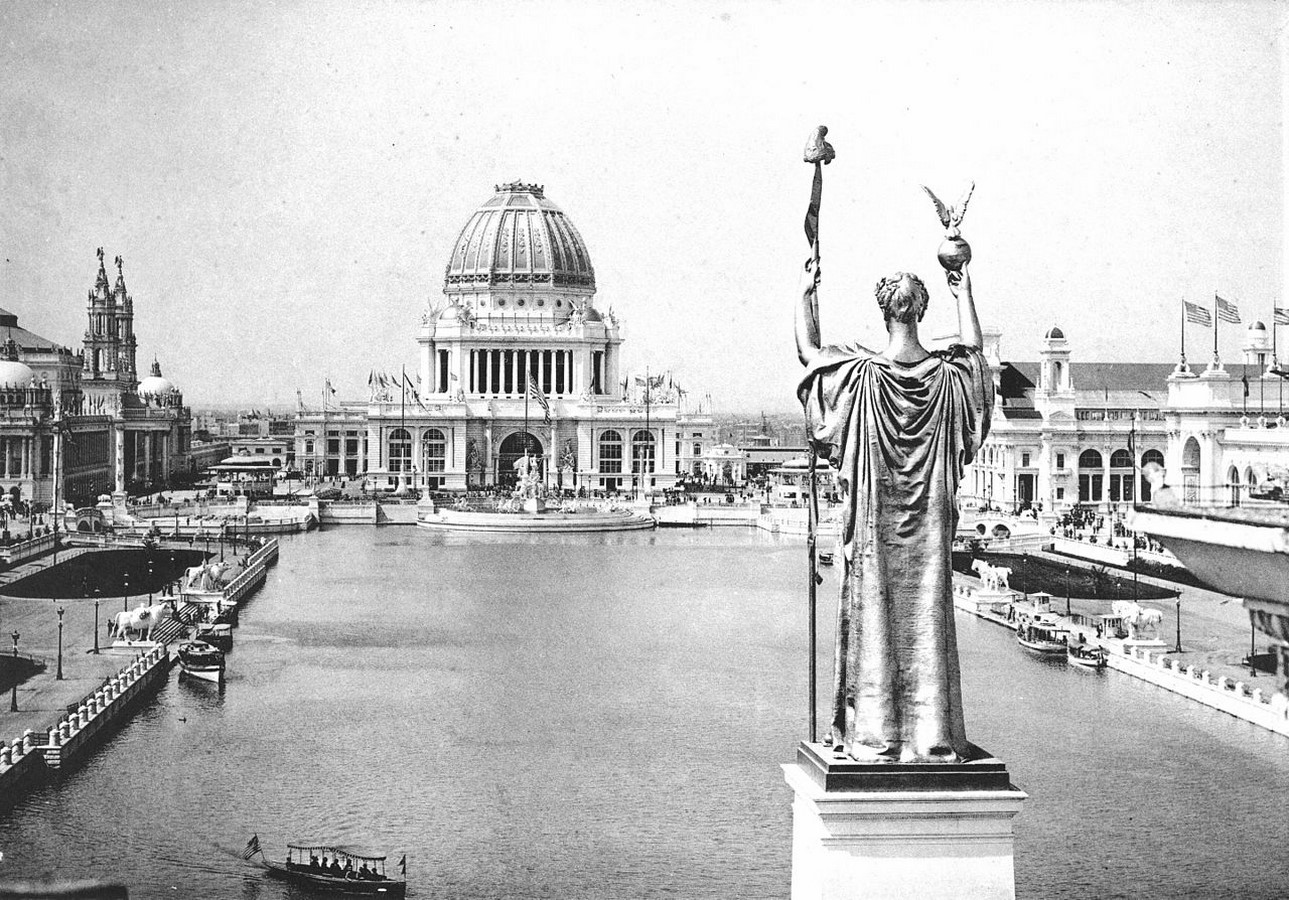
At a time when Europe was taken by the Art Nouveau style of architecture, Loos traveled around in America to places like Philadelphia, Chicago, New York, and St. Louis between 1893 to 1896 where he witnessed the advances and evolution of architectural language in the western world, especially post the industrial revolution. This seemed to have had a significant influence on his architectural style and philosophy.
3. He designed an experimental city | Adolf Loos
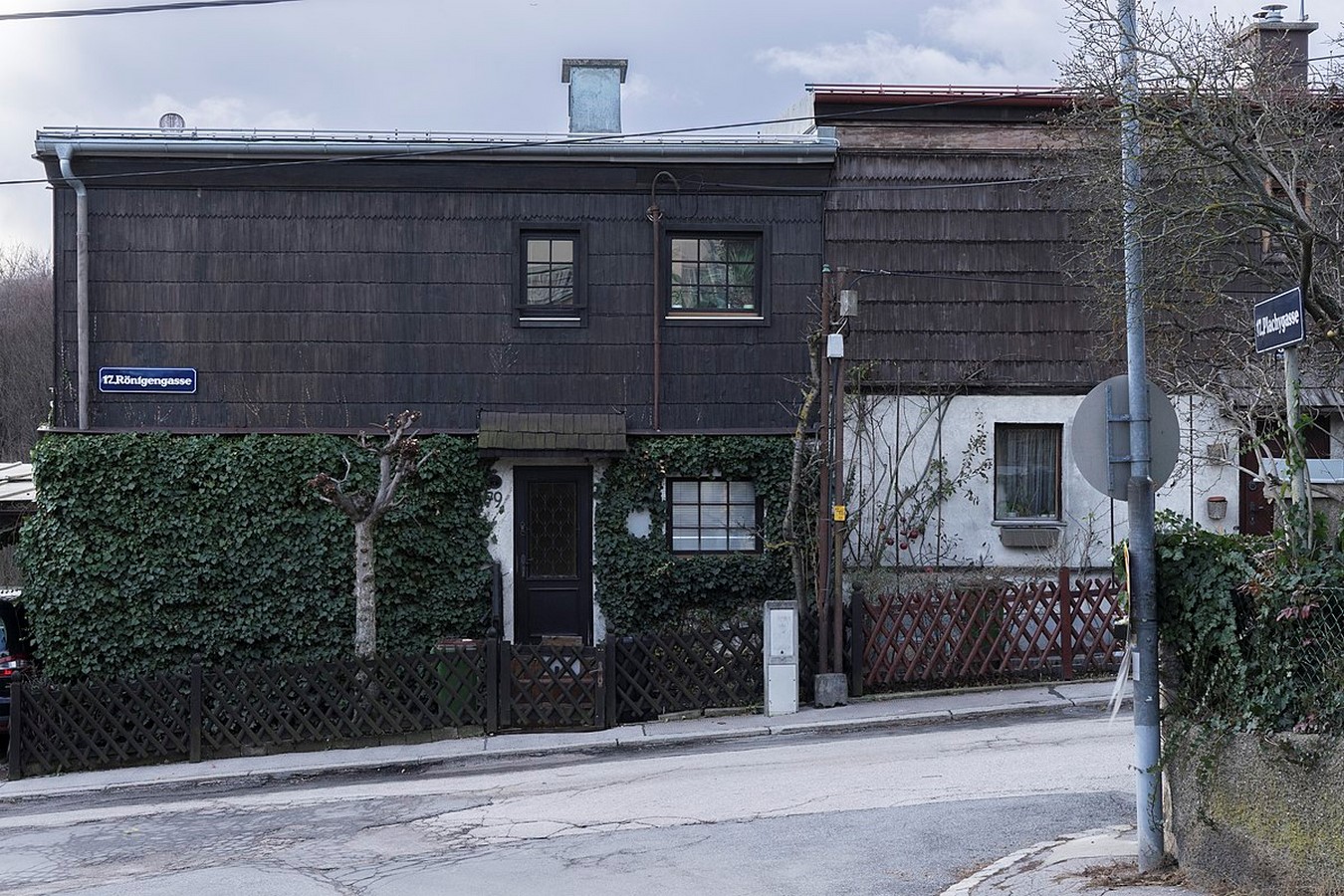
During his time as the Chief Architect in the Housing Department of the city of Vienna between 1920-22, he designed a district in Heuberg which consisted of experiments and developments in ‘low-cost housing’. These ideas were considered to be way ahead of their time. He designed several buildings for the same but the project was only ever partially completed.
4. Loos revered classical architecture
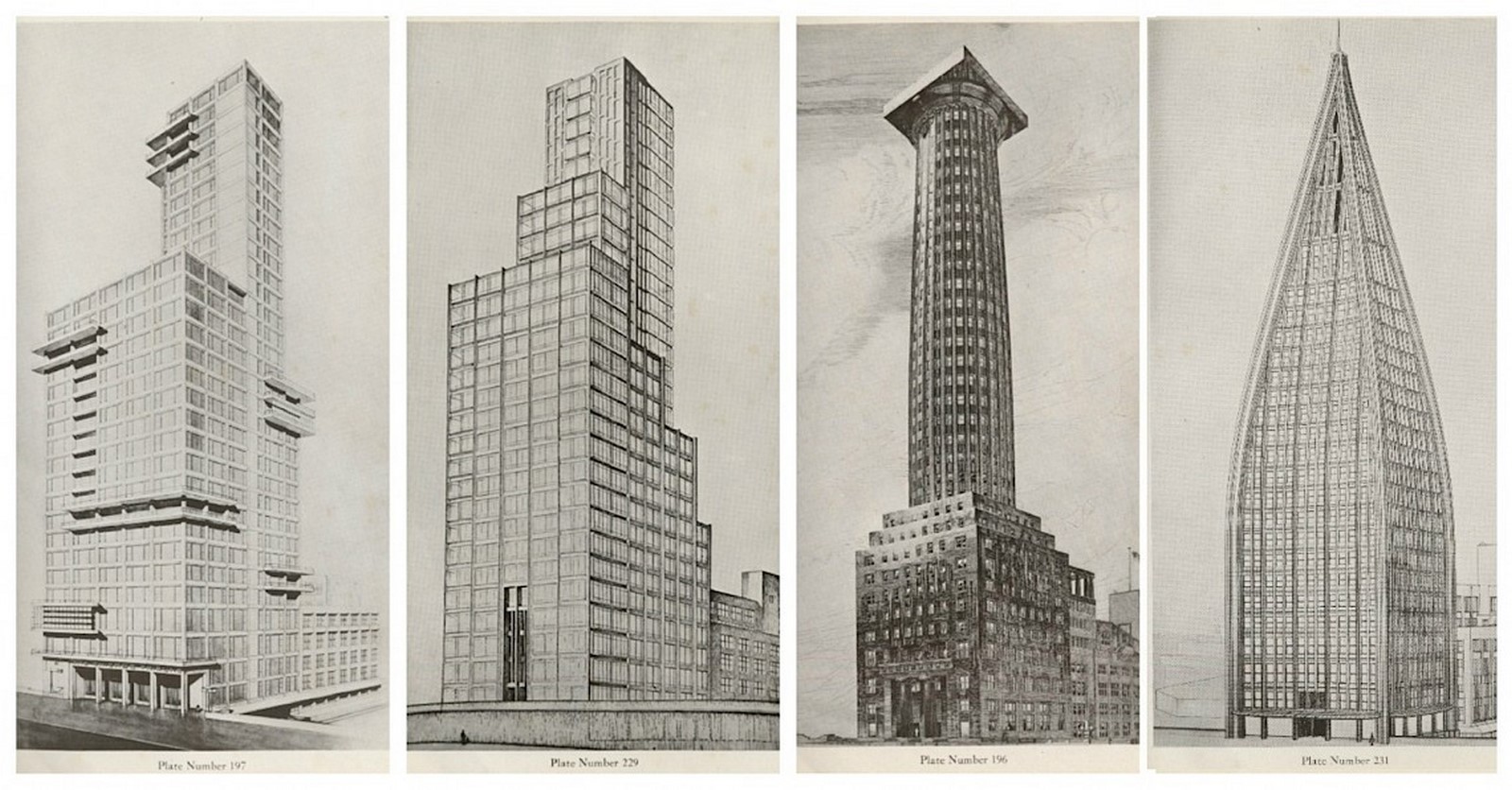
Adolf Loos seemed to have had a particular interest in works by classicists like Vitruvius and Schinkel. Classical elements were frequently seen in his designs. In 1922, he even proposed a skyscraper in the shape of a Doric column for the Chicago Tower Tribune.
5. He was very into fashion and culture | Adolf Loos
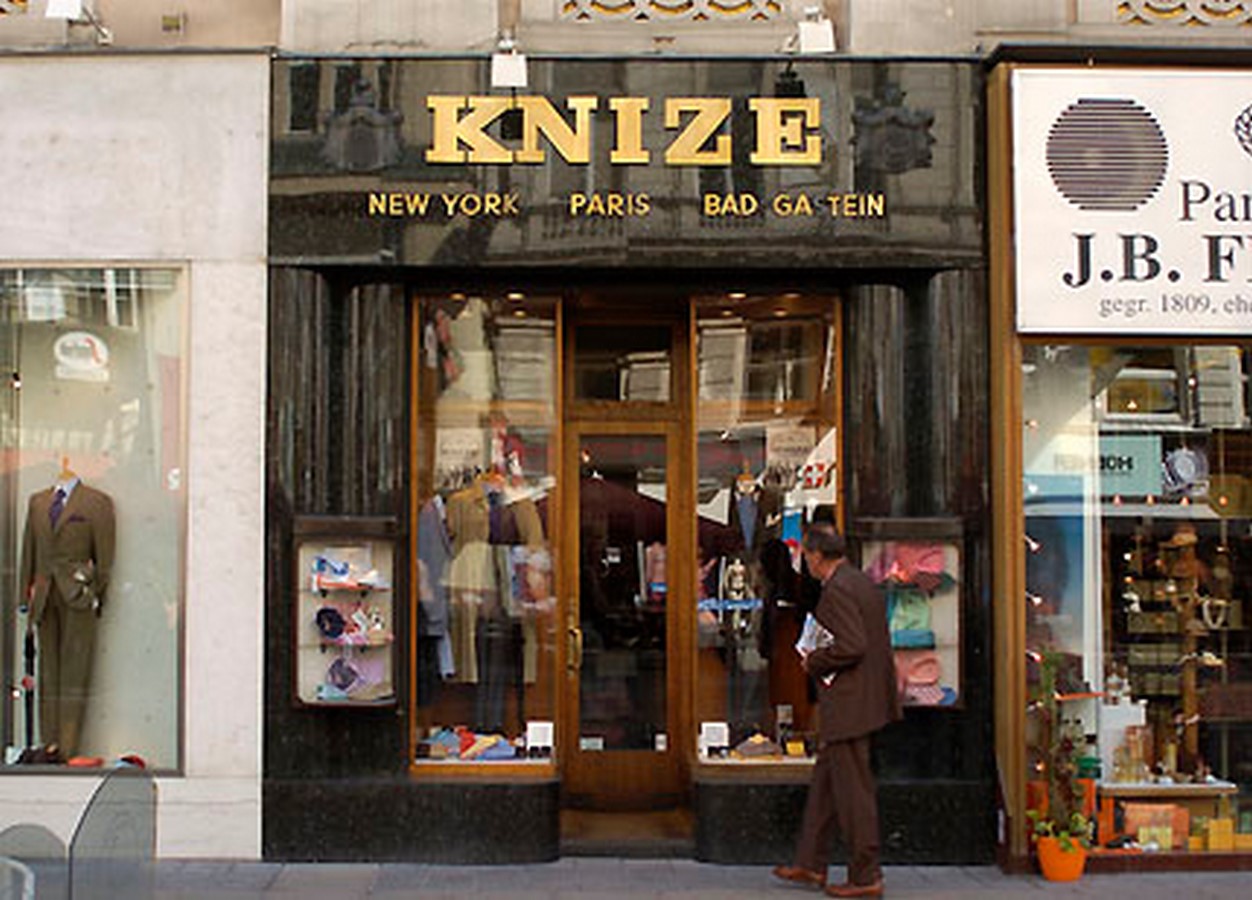
He was a fan of fashion and he even designed several stores for a famous men’s fashion brand called ‘Knize’ in Vienna. He was so fond of clothing that he is said to have often been in debt to his tailors. ‘Das Andere’ or ‘The Other’ in English, was a magazine founded in 1903 by Loos that published articles on a plethora of topics like fashion, typography, and etiquette, in addition to architecture. His designs also showcased a great fondness for English furniture.
6. He was briefly associated with the Vienna Secession before withdrawing from it
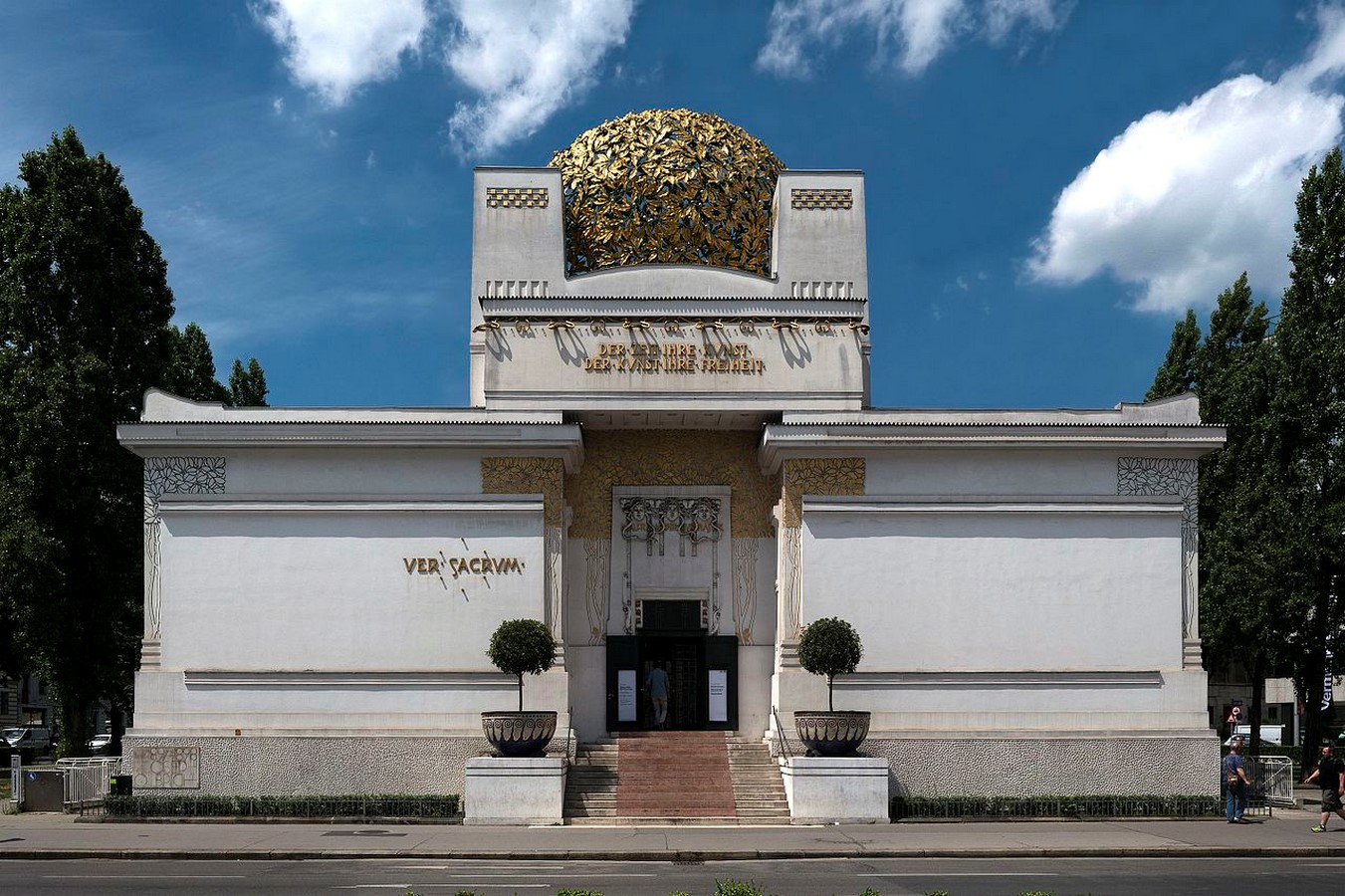
After returning to Vienna from America in the year 1896, he briefly endorsed the Vienna Secession, an art movement that was essentially the Viennese version of Art Nouveau. He only strongly started criticizing the Secession from 1900, especially for its flamboyant, florid style.
7. He developed an ‘alternative’ design theory called “The Raumplan”.
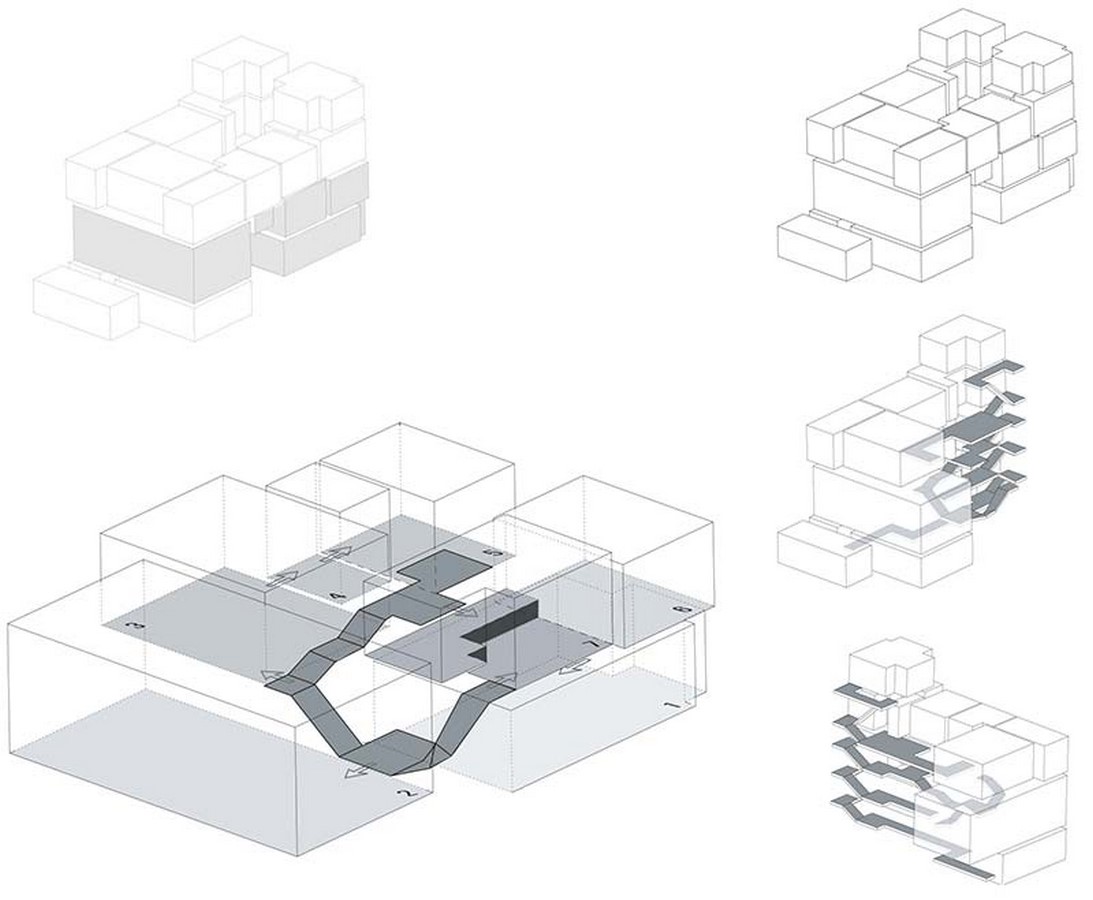
He didn’t conceive designs as plans, sections, or elevations. Rather, he attempted to knock-down the customary idea of having separate floor plates and instead thought of spaces as separate volumes existing harmoniously. To him, all spaces were ‘interconnected continual spaces’ and he believed that each space needed its different height.
8. Although he had a flourishing career as an architect, his rise to international fame is credited to his writings | Adolf Loos
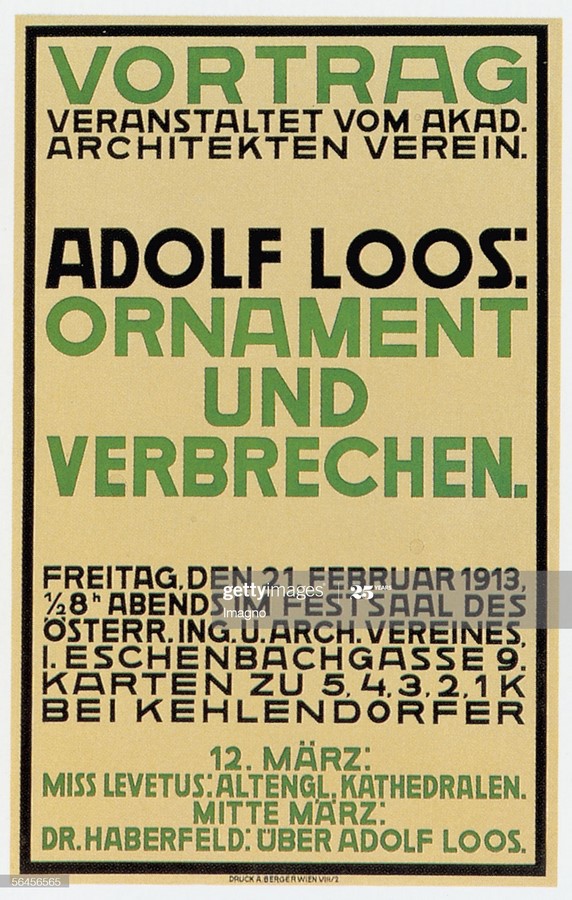
His career as a writer started in 1897 when he would publish articles on his observations about society in a local paper. This was followed by writings on culture and some essays on architecture such as “Principles of Building” (1898), “Architecture” (1910), and arguably, his most famous and controversial essay, titled “Ornament and Crime” (1908).
9. He began his career in architecture in his late-twenties

Before coming back to Vienna and practicing architecture, Loos was living in the US, where he also did odd jobs to support himself. These included dish-washing, floor-laying, and being a mason. He got a job in an architecture firm in Vienna in 1896 when he was 26 and eventually started his practice in 1897 in the city. Initially, he designed a lot of café interiors before designing buildings.
10. The Looshaus, one of Loos’ most famous works, was mired in controversy | Adolf Loos

The Looshaus in Vienna is one of his most significant works. Devoid of any ornamentation and totally in contrast to the buildings of the time, people started calling it the ‘house without eyebrows’. Franz Joseph I, the then emperor of Austria, is said to have despised the building to such an extent that he changed his travel routes to not come across it.
Love him or hate him, Adolf Loos was undoubtedly a revolutionary that changed the course of architecture for years to come.
“Be not afraid of being called unfashionable”- Adolf Loos.
References:
https://en.wikipedia.org/wiki/Adolf_Loos
https://theculturetrip.com/europe/austria/articles/adolf-loos-breaking-with-tradition/
https://biography.yourdictionary.com/adolf-loos
https://www.newworldencyclopedia.org/entry/Adolf_Loos
http://www.designculture.it/profile/adolf-loos.html
https://www.dascapri.at/en/stories/adolf-loos/
https://ajuntament.barcelona.cat/museudeldisseny/en/news/5-facts-will-surprise-you-about-adolf-loos
http://socks-studio.com/2014/03/03/i-do-not-draw-plans-facades-or-sections-adolf-loos-and-the-villa-muller/
https://www.archdaily.com/576187/spotlight-adolf-loos
http://architectuul.com/architecture/loos-haus-vienna












